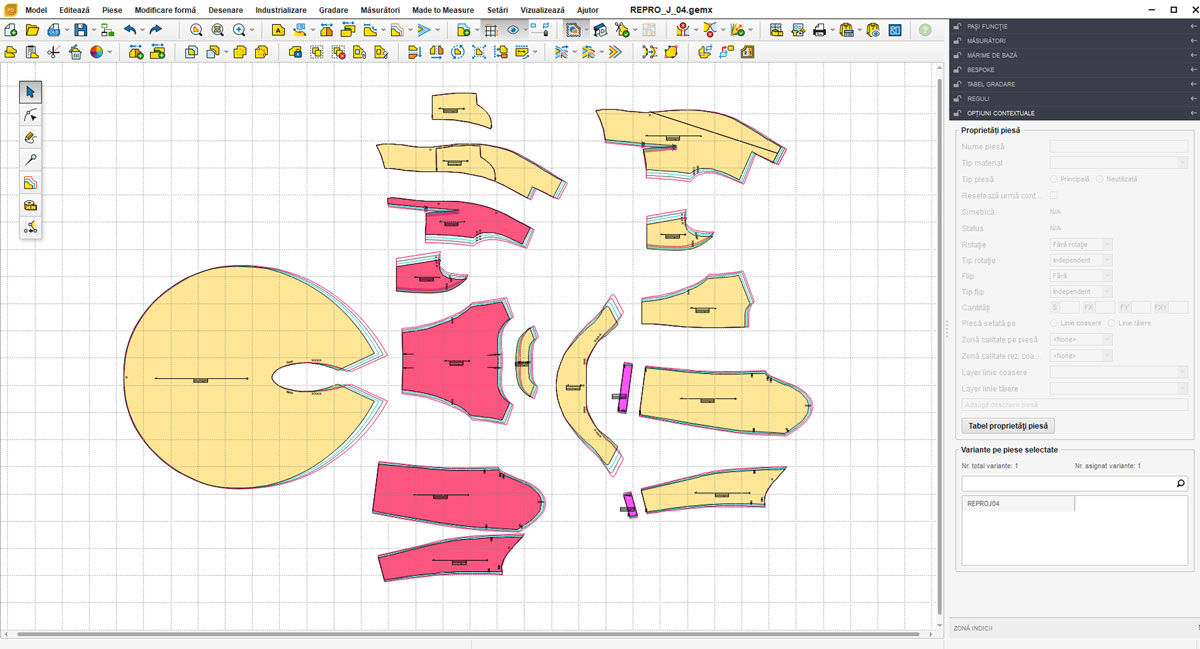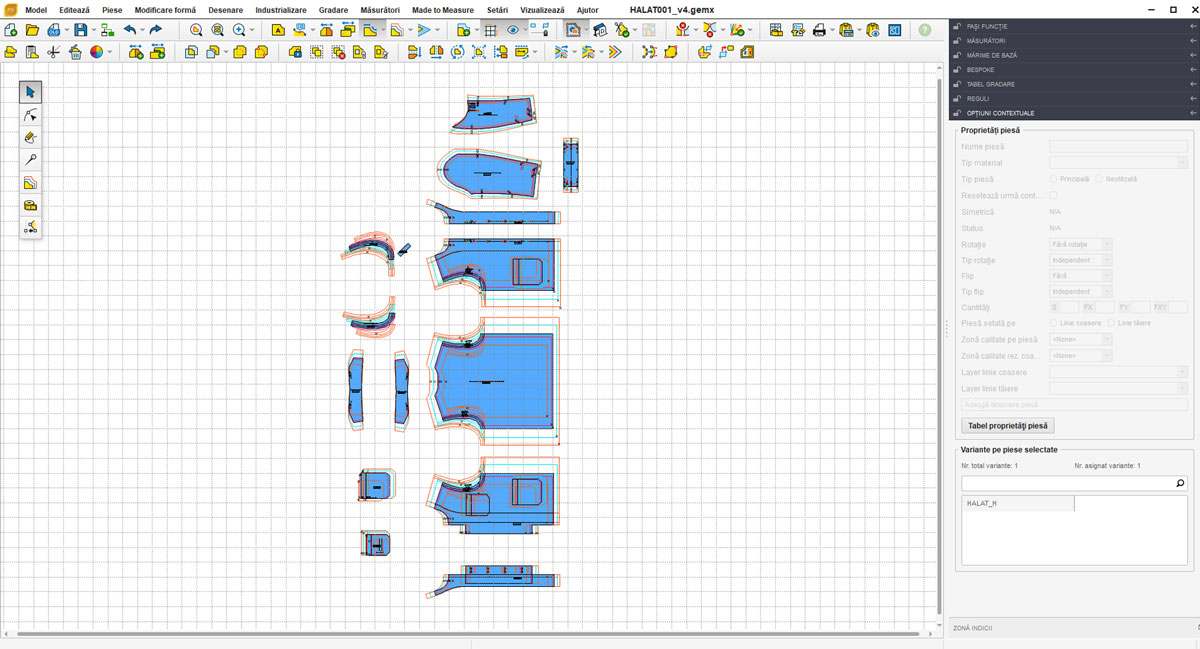Grading and Multiplication of Patterns
Multiplying patterns is the process of enlarging and shrinking a base pattern. The multiplication aims to obtain the assortment of patterns necessary for industrial production.
In order to accomplish this work, the dimensions of the conformations for which the clothes will be made are considered. For this purpose, the differences between the conformations, both in length and in the perimeter, must be known.
In length, the size of the clothing is numbered in the waist and as thick as the perimeter of the bust.
More about Grading and Multiplying Patterns
Multiplication of patterns is accomplished by gradation of the base pattern. Grading is applied in the length and width of the base pattern, using graduation rates. These odds are obtained from the dimensional difference in body conformation.
Grading patterns is used to determine the size of the increase or decrease of a base pattern. The grading operation can be done partly in length or width and combined.
Grading patterns on length is a partial gradation that applies to multiplying the base pattern along the length direction.
Grading patterns on width is a partial gradation that applies to multiplying the base pattern over the width direction. This process is called grading depending on the circumference of the body.
Combined grading is a complex gradation that is performed on the base pattern, applying increases and decreases of the base pattern both in the direction of length and width.





